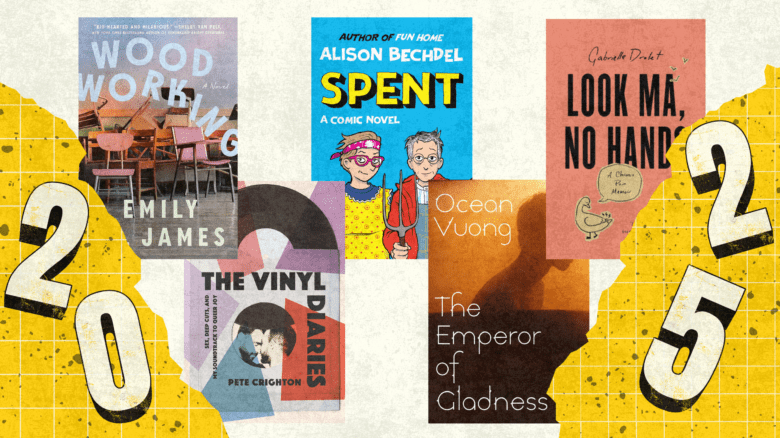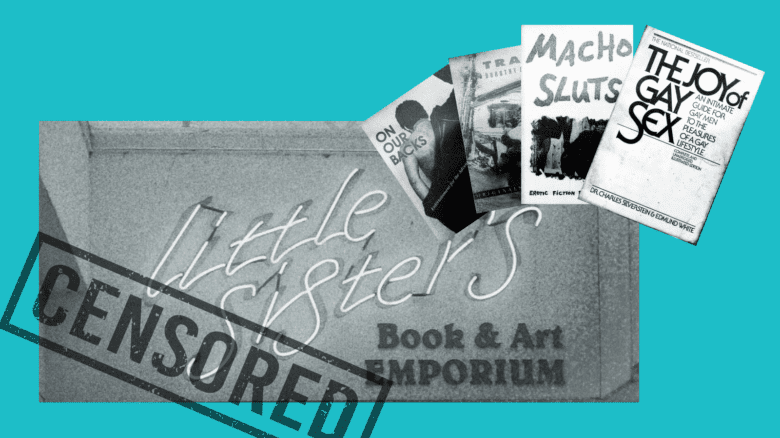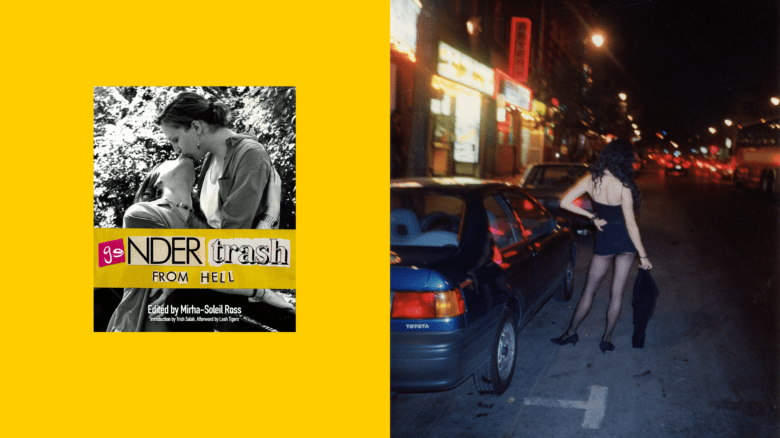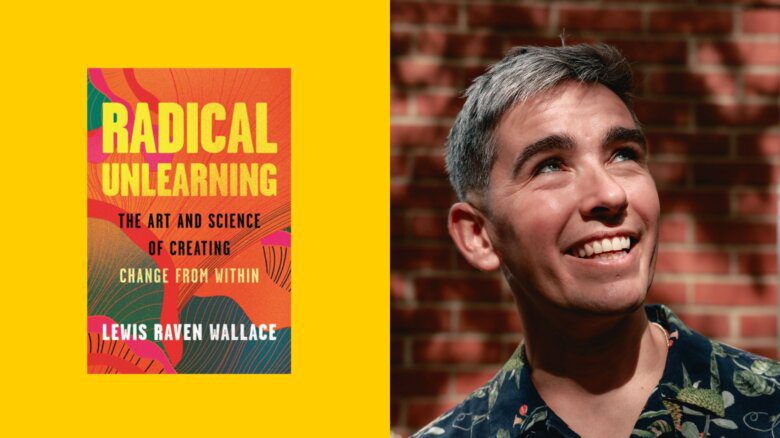“If I were a character in an Alice Munro story,” declares one character in Anuja Varghese’s debut story collection, Chrysalis, out this month, as she feels herself sinking into potentially life-ruining personal drama, “I would move to the country and live out my days in stoic, silent grief until I died alone.” The character, Talia, goes on to reject the expected trajectory of a “heroine of a Margaret Atwood story” as well. Even in a Bollywood movie, she reflects, “I would sing a sad and beautiful song, get to fuck nobody, and then die by my own hand, nobly, dramatically, and (obviously) alone.” One of the narrators of the story “Cherry Blossom Fever,” Talia is a young South Asian woman in a hetero marriage who is cheating on her husband with a woman. She chafes against these fates dictated to her by the white women writers she read in school or the Bollywood films that entertained her growing up. This urgent need for new narrative pathways, ones that veer from straightness, whiteness and the gender binary, is one of the main currents of Varghese’s debut collection, and one of its major strengths.
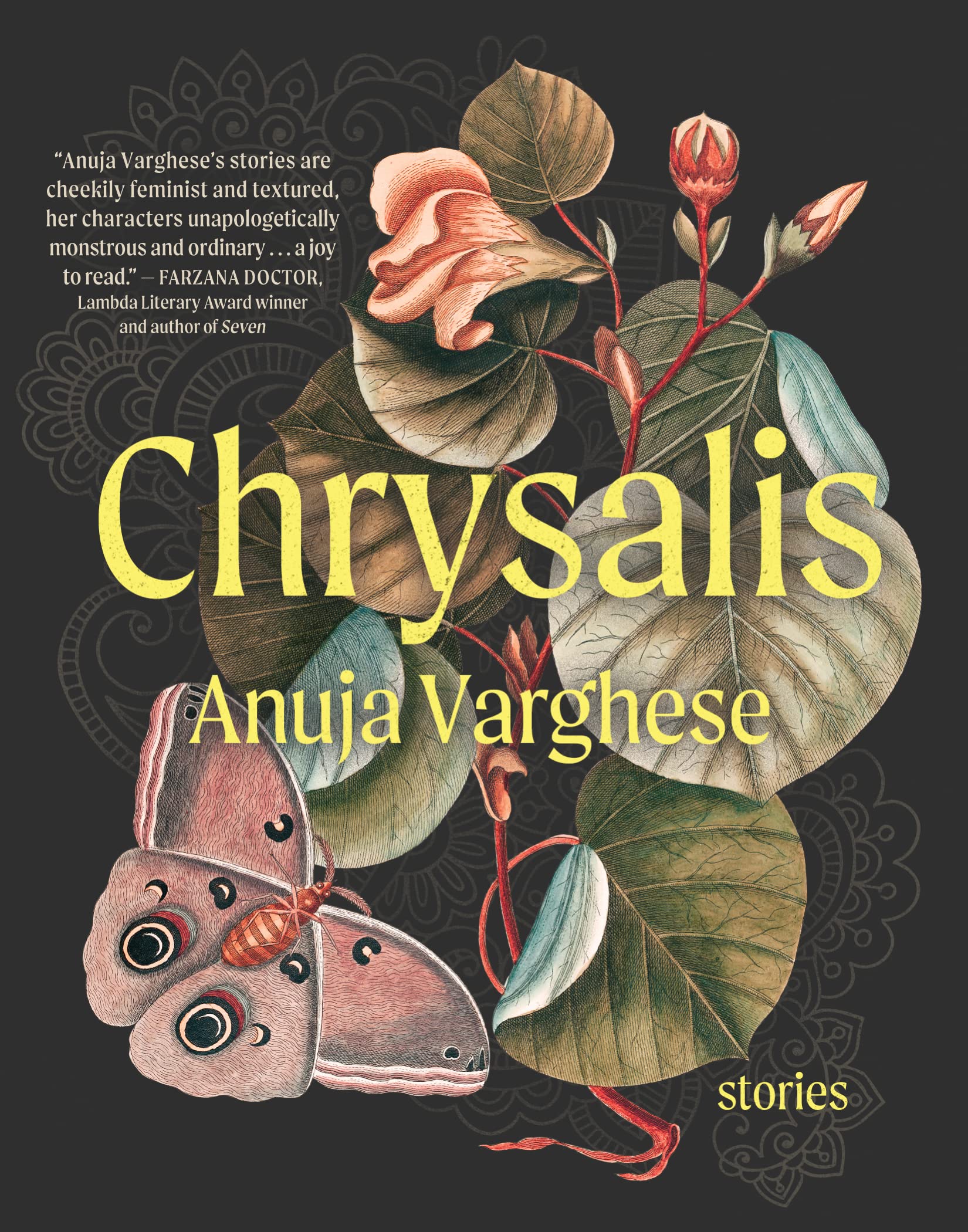
Chrysalis offers an eclectic array of 15 stories—some queer, some not, but all sizzling with rage and desire and transformation. What all of them have in common is an urge to rewrite old tropes, to open up doors into new worlds, to crack the mirrors that don’t reflect us back as we’d like to be. But don’t expect simple, uplifting stories of diasporic self-discovery—this is not a collection for the squeamish. There’s a certain amount of body horror here, although it’s ultimately in service to revealing the vaster horror of our own psyches, and of the people around us. Joy is present too—often hard-earned, and therefore all the more poignant when it emerges.
In a publishing landscape that is still somewhat hostile to short stories, Chrysalis is a fresh, attention-grabbing argument in favour of the form. Varghese is a Pushcart-nominated writer and editor living in Hamilton, Ontario, whose body of work is centred on stories of the South Asian diaspora, with a distinctly feminist approach. In this first collection, she dips into gothic horror, fantasy and fairy tale, while keeping her stories and characters grounded in recognizable details of the everyday. The collection shares some tonal and thematic similarities with recent notable collections by queer racialized writers like Carmen Maria Machado (Her Body and Other Parties) and K-Ming Chang (Gods of Want): a preoccupation with bodies, transformation and the grotesque, along with a desire for new narratives for queer lives.
I first came across Varghese’s work when I reviewed Queer Little Nightmares (edited by David Ly and Daniel Zomparelli) for Xtra last fall. Her contribution to that anthology of queer horror writing, “The Vetala’s Song,” stood out as one of the strongest contributions. It unsettled, it haunted, it disarmed with tenderness before transforming into something terrifying and lonely. As the second story in Chrysalis, it struck me again. Moving between past and present, it tells the unsettling tale of a young woman in an unnamed city in India (possibly Varanasi, on the Ganges) who falls in love with her friend Sharmila in the early 1980s. The two girls bond over their adoration of Hema Malini, and slowly, over the course of many sleepovers in their university dorm, begin a doomed affair to the soundtrack of Malini singing, “Mere naseeb mein tu hai ke nahi?” (“Are you there in my destiny or not?”) Their slow fumbling toward intimacy is sweet and heartbreaking, especially because we already know, from the future narration, that they will lose one another. When, in a moment of uncontrolled passion, the narrator kisses Sharmila in the open, everything explodes. It’s a moment that tips dangerously and quickly from joy to dread. “I sucked the fruit right off her tongue and it was the sweetest mouthful I had ever known,” the narrator remembers. Then she pulls back, only to see the “fear and the shame” on Sharmila’s face.
“This tale pulls the reader in with the inevitability of return, and the queer reunion that may result, even though that return is not in living human form.”
The girls are forcibly separated by their families, and Sharmila eventually immigrates to Canada with her husband. In the present of the story, the narrator has become monstrous—after having been thrown out by her family, she is a vetala, doomed to steal the abandoned bodies of others, and to terrify anyone who sees her, in a bid to stick around on earth until her lover returns to her. Though she knows Sharmila cannot possibly return to her alive, after so many decades have passed, she awaits her anyway, certain that transformation, even the transformation from life to death, will be the force that reunites them. I haven’t read many queer stories that are told by the person who stayed, instead of by the person who immigrated—this tale pulls the reader in with the inevitability of return, and the queer reunion that may result, even though that return is not in living human form.
“The Vetala’s Song” is the only story that takes place in India. The rest of the collection is set in the cities and towns of Ontario, where first- and second-generation immigrant characters navigate a thicket of impossible expectations. The burning need for transformation, and the unruliness of bodies in flux cross over from the old country, morphed by the demands of white supremacist capitalism. In “Stories in the Language of the Fist,” an upwardly mobile young South Asian woman purposefully distances herself from her racialized colleagues, and trains her body and her behaviour to conform to the expectations of her more successful white coworkers. In “Milk,” teenaged Anju hopes that if she is “patient and kind” in the face of cruelty from her peers, she will become “willowy and white” like January, the bullies’ ringleader. January pours milk into Anju’s backpack every day—a whitening agent that will always turn sour.
“Dreams of Drowning” begins with a similar tension between the way the main character wants to inhabit the world and how others belittle her. Meena dreams constantly of sinking into hostile waters, losing her physical self as she descends. “Right before she wakes, or sometimes as she is waking, whatever is left of her disintegrates into salt.” She dates a succession of people, all of them wrong for her in some way, from the awful Lacoste-wearing bro who “pounds away at her, as one might pound a flank steak to soften it” and confuses her with other South Asian women, to a South Asian girlfriend who shares certain comforts with her, but ultimately alienates her, to hot, blond Adrian, whose name fits with Meena’s (“Adrian” refers to the Adriatic Sea, while “Meena” means “fish”) but who is ultimately unreliable. Meena continues to drown in her nightmares, until she meets a new lover, Mwani, someone unexpected who expands her idea of what intimacy can feel like.
Varghese tends to imbue her queerest stories with the most optimism, even when it’s hard-won. In “Midnight at the Oasis,” a young closeted trans girl can’t stop biting the hands off of her sister’s treasured Barbies. Anita finds “something satisfying in the stumps made of [Barbie’s] slender arms.” We intuit that her compulsion arises from a soon-to-be-named desire to transform her own body, or to stop one kind of transformation in favour of another, as well as from the strange mix of attraction and revulsion felt by many young non-white children toward white dolls like Barbie. When Anita grows up and leaves her abusive family, including her sister, she finally has room to grow into herself, to come out as trans and to find community. Anita encounters her sister again unexpectedly, at a queer club. A more predictable story would have this encounter lead to an eventual reconciliation, to the cis sister finally seeing her family’s mistakes, but Varghese takes us in a refreshingly different direction. Anita ends up entering a serious relationship with Zoe, one of her sister’s childhood friends, also from a diasporic family—they make a home with one another, without the approval of Anita’s sister or family. And the home they make is not a normative one, either—they have a kid together, and they both continue to have sex with and date other people, often at the sex club where Anita works. Something is still lost—Anita’s family will never accept her, or her and Zoe together, but this isn’t the most important thing, Varghese shows us. Family can be chosen and made. This is not a new concept for queer and trans people, but it feels well-earned in this particular story, in which the pain is never totally gone, but life can be reshaped beautifully in spite of it.
“We have fought so hard, we daughters and sons of brown parents, to be on the page at all. I am afraid that to ask for more is to ask for too much.”
In “Cherry Blossom Fever,” which I mentioned at the start of this review, Talia, her secret girlfriend Marjan and her husband Sunil at first appear to be in a doomed love triangle. However, Varghese smartly gives the scenario one more twist, writing Sunil a more interesting story than simply “straight husband who’s been duped” or “straight husband who stands in the way of queer love.” We feel hopeful that Talia will not have to squash her life into an Alice Munro story, a Margaret Atwood story or a Bollywood tragedy. She demonstrates an openness to changing the stories she’s been given, and she seems able to influence her lovers into doing the same. “We have fought so hard, we daughters and sons of brown parents, to be on the page at all. I am afraid that to ask for more is to ask for too much,” she says. But she does ask for more, as so many of Varghese’s characters do, in service to their stories, and to our own trajectories as readers.
There are moments in the collection when I wish that Varghese had pulled back just a little, rather than spelling out certain truths that are already well-woven into the fabric of her tales. At the end of “A Cure for Fear of Screaming,” which is otherwise a tightly written, evocative story, we’re told: “Sometimes we stay silent so that we may survive,” a concept that is already so clearly conveyed by the story itself that explaining it like this feels redundant. Similarly, near the end of “Cherry Blossom Fever,” Talia tells us that she’s “rejecting the colours chosen for me, the script, the frame, the story, the end,” which, although it’s a powerful stance, is already so well-transmitted by the rest of the story that we don’t need it defined so directly. “Chitra, or A Meteor Hit the Mall and Chitra Danced in the Flames” hews too closely to a well-known fairy tale for me to have been surprised by it, even though it’s injected with some energetic humour. Aside from these overly overt moments, though, the stories in Chrysalis shine as thoughtful, surprising, horrifying, tender portrayals of urgent transformation. Varghese’s dedication to upending expected queer and immigrant narratives, and to spotlighting complexity in relationships is welcome and invigorating.
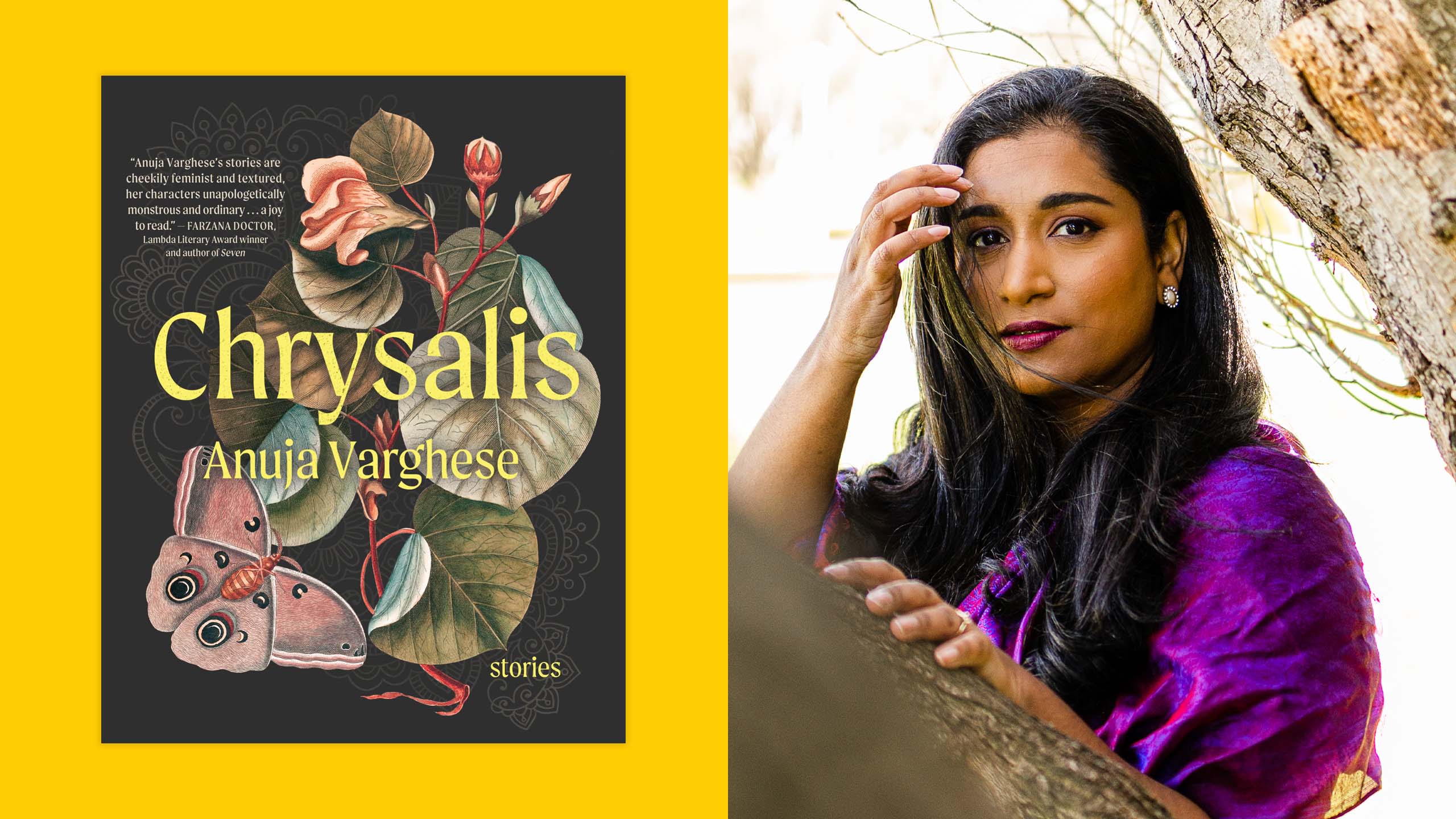

 Why you can trust Xtra
Why you can trust Xtra